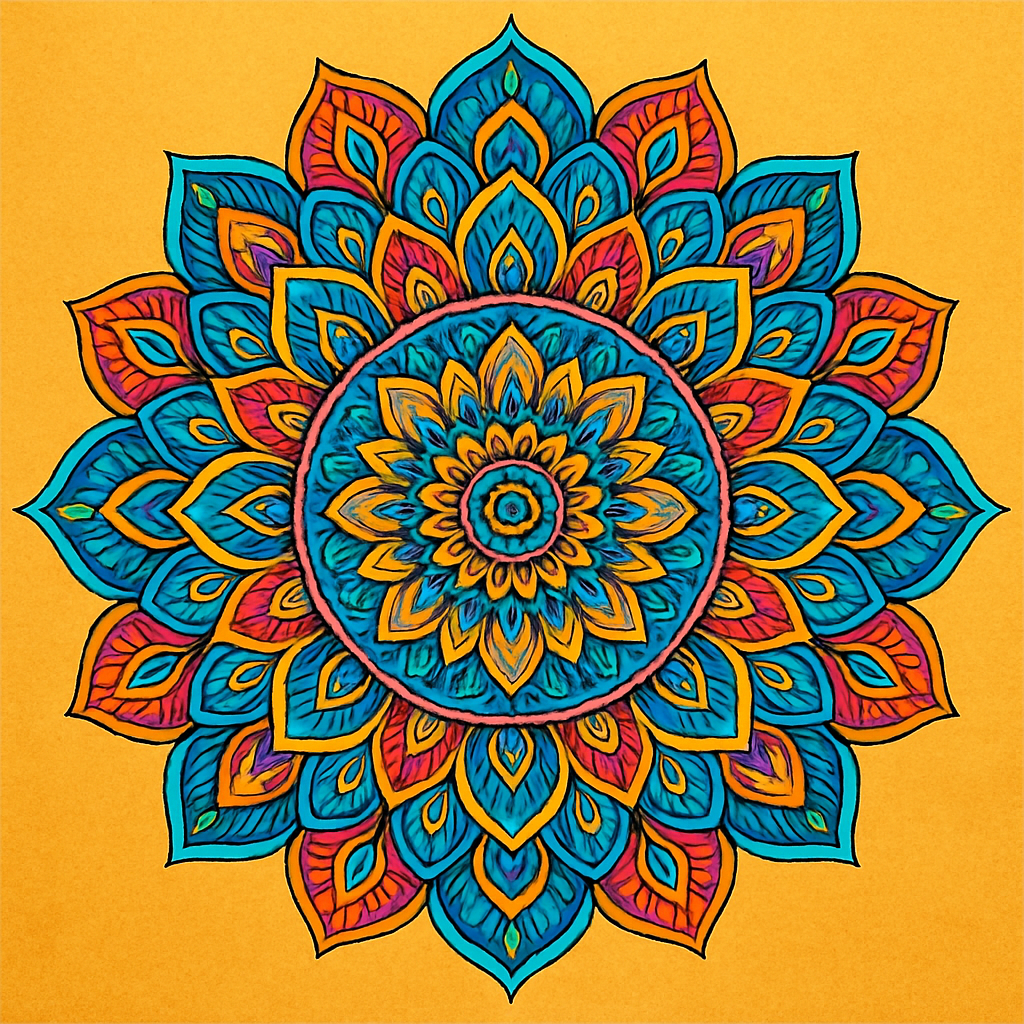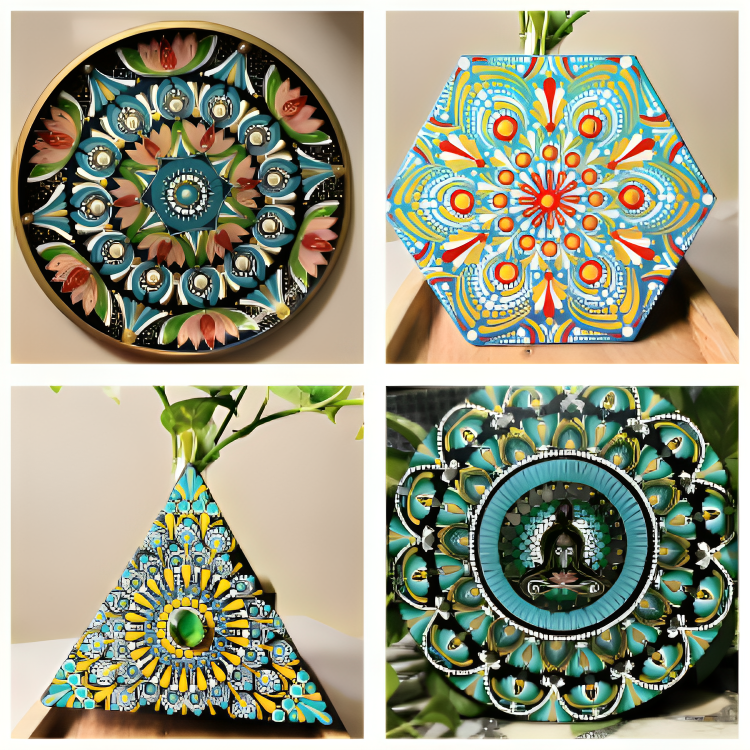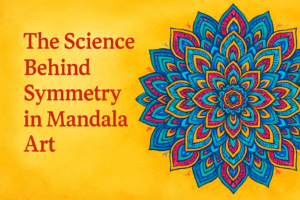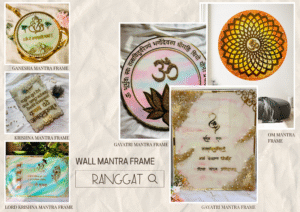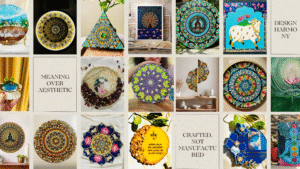Mandala art, with its complex geometric designs and vibrant colors, has been embraced globally not only as a form of creative expression but also as a powerful tool in therapy and healing practices. Originating from ancient spiritual traditions, mandalas symbolize wholeness, balance, and harmony-qualities that are essential in the journey toward mental and emotional well-being.
What is Mandala Art?
The word “mandala,” which means “circle,” is derived from the ancient Sanskrit language. Mandalas are circular patterns with intricate patterns radiating outward from the center. They have long been utilized for spiritual practices and meditation in Buddhism and Hinduism. Mandala art is now frequently employed in contemporary therapeutic settings and crosses cultural borders.
Mandala Art Therapy: A Growing Healing Practice
The therapeutic exercise of creating or coloring mandalas is known as mandala art therapy. This exercise encourages emotional release, self-reflection, and mindfulness. Mandala art therapy is included in sessions by psychologists, counselors, and art therapists all over the world to help clients manage trauma, stress, anxiety, and depression.
Benefits of Mandala Art in Therapy
- Reduces Stress and Anxiety: Creating mandalas promotes a peaceful state, which reduces stress and calms the nervous system.
- Enhances Emotional Expression: The creative process allows individuals to express feelings they might struggle to express.
- Improves Focus and Mindfulness: Coloring or drawing mandalas requires concentration, helping clients stay present and grounded.
- Promotes Self-Discovery: The symbolic nature of mandalas frequently allows for the examination of unconscious feelings and ideas.
- Supports Trauma Recovery: For survivors, mandala painting provides a secure environment in which to process trauma and reclaim control.
Mandala Art in Different Healing Traditions
Mandala art is used in various cultural and healing practices worldwide:
- Tibetan Buddhist Healing: Tibetan monks use elaborate sand mandalas to symbolize the universe and encourage spiritual healing. It is a method of meditation and a ritual for peace.
- Western Psychology: The popular psychologist Carl Jung used mandala drawing in his therapeutic methods and utilized them as a symbol of the self.
- Integrative Medicine: Mandala art is used in many holistic health facilities as a supplemental therapy to promote both physical and emotional recovery.
- Mindfulness and Meditation Workshops: Mandalas are tools for meditation, helping users to achieve mental clarity and spiritual calm.
How to Use Mandala Art for Personal Healing
To practice self-healing with mandala art, follow these steps:
- Choose Your Medium: It is possible to color, paint, or create pre-made mandala designs.
- Create a Quiet Space: Find a peaceful space free from interruptions.
- Focus on the Process: Enjoy the calming, repeating patterns rather than the result.
- Reflect on Your Experience: After completing your mandala, take a moment to journal any thoughts or feelings that arise.
At Ranggat – An Art from Soul, mandala-inspired paintings are brought to life with fine details and soulful expression. Each artwork, created by founder and artist Suruchi Purwar, captures the essence of spiritual harmony and healing that mandalas symbolize. These vibrant creations are not just decorative—they are meditative tools that invite peace, balance, and positive energy into your space. Explore the mandala art collection on Ranggat.com and experience how art rooted in tradition can become a personal path to mindfulness and well-being.


